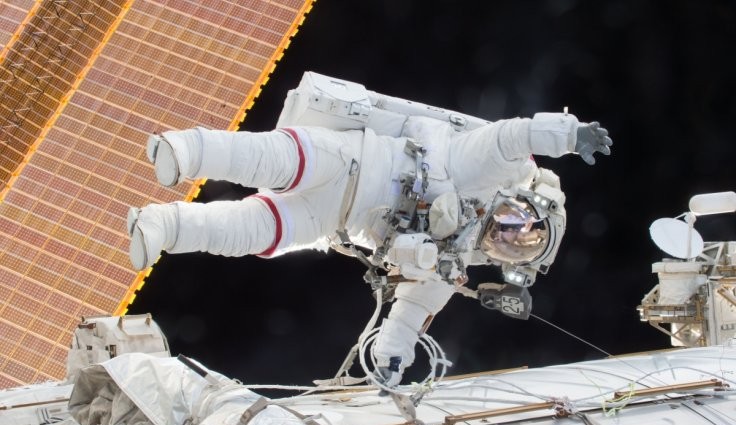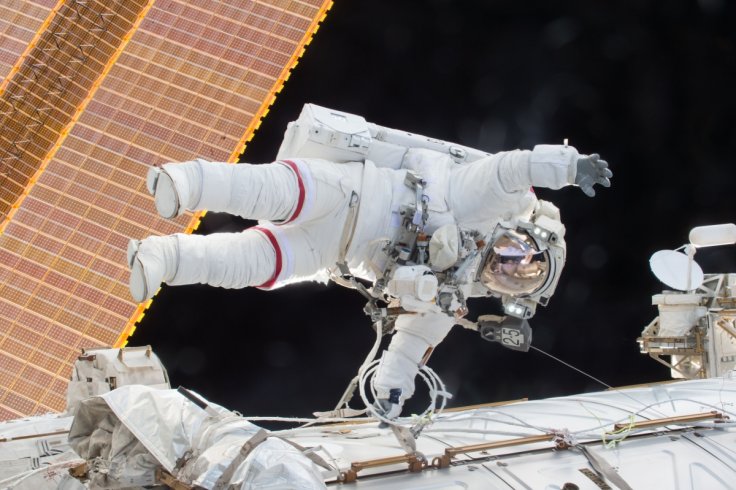Major Tom, can you see me? Here’s why astronauts suffer from eye problems after long missions

Scientists have discovered why many astronauts who come back from lengthy space missions often suffer from visual impairment. Eye problems may be triggered by changes to the volume of clear fluid that cushions the brain and spinal cord.
Astronauts who spend a lot of time in space can experience a range of health problems. Vision impairment is one of the most common, affecting nearly two-thirds of those sent to work on the International Space Station (ISS).
Many complain of blurred vision. After undergoing eye examinations, doctors found out that their eyes had undergone structural changes, including a flattening at the back of their eyeballs and inflammation of the head of their optic nerves. This can lead astronauts to become far-sighted.
Researchers have since then been hard at work to find the cause of these problems, especially since a poor vision in astronauts would constitute a major hurdle to mounting manned missions to Mars. Previous studies had identified a shift of vascular fluid toward the upper body that occurs when astronauts spend time in the microgravity of space as the main source of the visual issues.
However, the new research presented at the annual meeting of the Radiological Society of North America (RSNA) puts forward another explanation. Cerebrospinal fluid (CSF), the clear fluid around the brain and spinal cord, which circulates nutrients and removes waste materials, could be to blame.
Before and after long-duration missions
The team, led by Noam Alperin, professor of radiology and biomedical engineering at the University of Miami, worked with seven ISS going on long-duration missions. They conducted high-resolution orbit and brain MRI scans before and shortly after spaceflights – comparing their findings with that of nine short-duration mission space shuttle astronauts.
They observed that compared to astronauts on short missions, those who had gone on long missions did have a significantly increased post-flight flattening of their eyeballs and increased optic nerve protrusion. This was accompanied by an increase in the volume of CSF around the optic nerves within the bony cavity of the skull that holds the eye, as well as in intraorbital and intracranial CSF volume. This volume increase may be responsible for the eyes' structural changes resulting in decreased vision.
"The research provides, for the first time, quantitative evidence obtained from short- and long-duration astronauts pointing to the primary and direct role of the CSF in the globe deformations seen in astronauts with visual impairment syndrome," Alperin said.
The idea now will be to use this data to identify measures to better protect astronauts who will engage in long missions in the future, and treatments for those affected. Also interesting will be to study the proportion of astronauts who do not show any of these ocular effects, as this indicates there might be variable biologic response to the spaceflight environment and makes it necessary to investigate existing risk factors.
Политика конфиденциальности | Правила пользования сайтом








